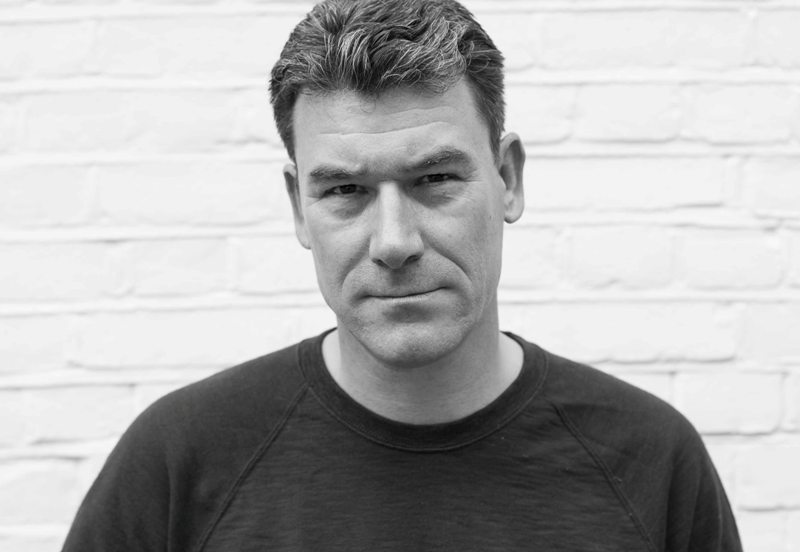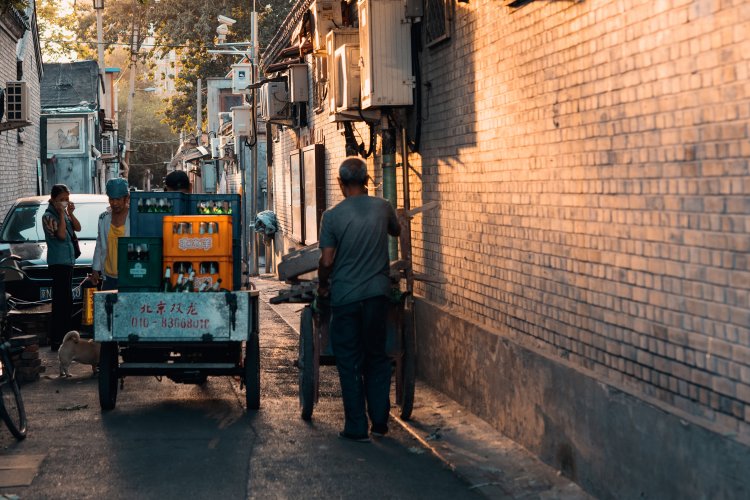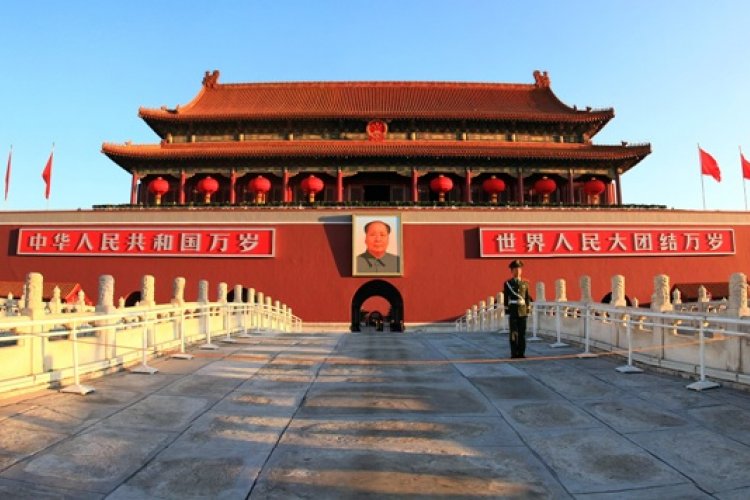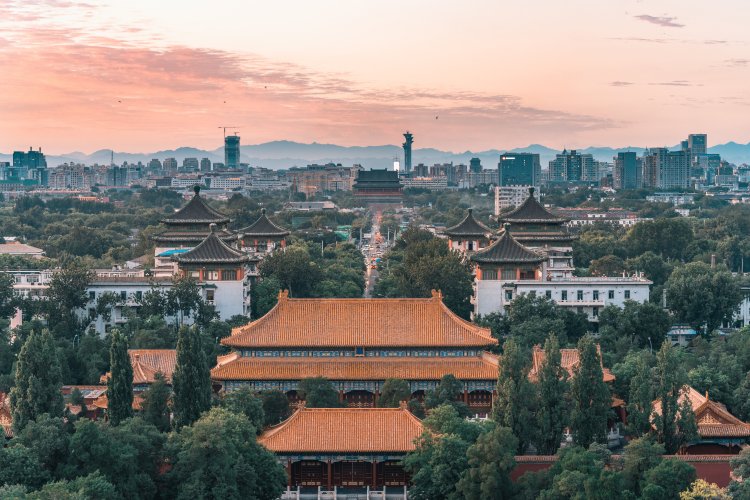'Midnight in Peking' Author Paul French Readies New Book and Beijing Walking Tour
Seven years after publishing his bestselling book Midnight in Peking, British author Paul French is readying his follow-up narrative novel City of Devils, a sordid tale of a friendship borne from corruption and greed that finally breaks down into war, all set in the Badlands of 1940s Shanghai.
Just like the real-life murder of 19-year-old Pamela Werner that forms the centerpiece of in Midnight in Peking, French used extensive research to piece together criminal records, newspaper articles, memoirs, and other artifacts to create the backdrop of an intricate and detailed anarchic Shanghai as well as paint rich portrayals of the City of Devils' two protagonists, Joe Farren and Jack Riley.
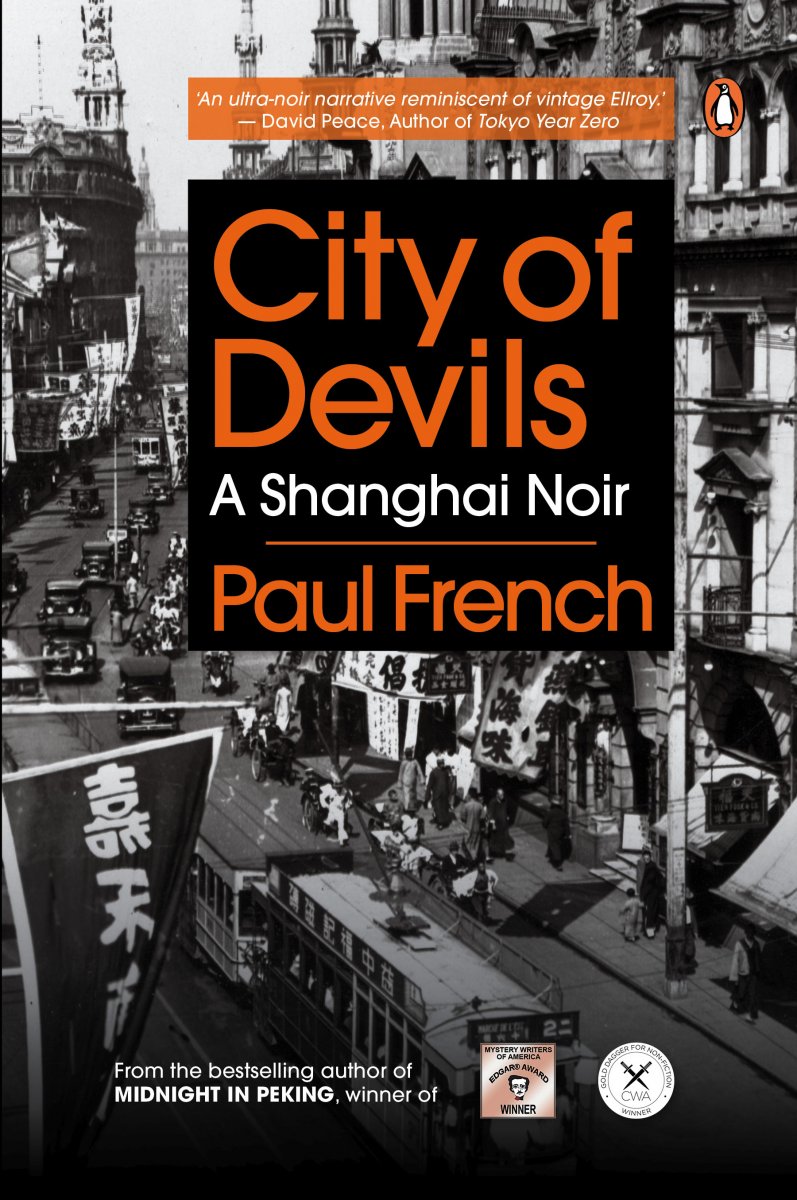
Through their trades – Farren an impresario who worked his way up to become manager of his own Farren's casino and club, and Riley an ex-US Navy soldier and prison escapee who wangled his way to becoming Shanghai's 'Slots King' – the two are drawn together, but their opportunist aspirations in a lawless Shanghai also ultimately prove to be their downfall.
As French says of his characters in the preface to City of Devils, "They’re rarely anything close to good and all are terribly flawed, often living in Shanghai because they were one step ahead of the law and, invariably, other options were few and far between. But many of them had a certain style, panache; their own particular flair. They take a lot of seeking, but their traces – faint, sketchy – remain."

To celebrate the release of the book, French has coupled with Bespoke Travel Company to reenact the gruesome true story described in his 2011 book Midnight in Peking. French will be joined by Bespoke's historian Lars Ulrik Thom for the walking tour, which has so far sold out of its first two dates. In order to meet demand, a third date has now been set for Apr 1, 5-10pm, which includes a four-course dinner and wine pairing at Nuo Hotel's Jaan restaurant. Tickets cost RMB 1,288 and can be purchased here. Those with a little less money can enjoy the tour absolutely free of charge via French's excellent audio guide tour here.
You can also catch French discussing his new book as part of The Bookworm Literary Festival on Mar 22, 8pm. Tickets are RMB 60 and can be purchased here.
Below we speak to French about some of the differences between writing about Shanghai compared to Beijing (another topic he'll be debating as part of this year's Literary Fest) as well as where he finds inspiration for his characters and settings.
The Beijinger: What was it like writing about Shanghai in City of Devils versus Beijing in Midnight in Peking? Were there any peculiarities or idiosyncrasies that arose from investigating early-‘40s Shanghai over mid-‘30s Beijing?
Paul French: The darker side of 1930s foreign Peking was hidden and had never before been seriously written about – indeed the entire old Badlands area around what is now Chuanban and Hougou hutongs had been effectively forgotten by everyone. Shanghai’s foreign criminal underbelly was enormous by comparison – dozens of gangs, literally hundreds of casinos, cabarets, bars, dancehalls, opium dens, and restaurants. The problem in 1930s Peking was finding anything on a comparatively few people. The challenge in 1940s Shanghai is not producing a 3,000-page book!
How do you go about finding subjects to write about? What drew you to use Joe Farren and Jack Riley as the main protagonists for City of Devils?
I start with the city, the period, and the world. In Midnight in Peking it was Beijing at the time of the Japanese occupation and the contrast between the law-abiding Legation Quarter-centered foreign community and the riff-raff, driftwood, and criminals who lived out in the eastern Tartar City. From there I found a murder. In City of Devils I wanted to explore the legendarily louche Shanghai of the late 1930s up to Pearl Harbor and the fall of the city. I needed a story, characters who embodied that world. Joe Farren was a Jewish Viennese exhibition dancer and choreographer turned casino boss; Jack Riley escaped from an American prison, flooded Shanghai with slot machines, made a fortune and invested it in Joe’s casino. It was always bound to end badly.
What are some of the biggest obstacles that you encountered during your time researching the book? What resources did you rely on most to ensure you were telling the real tale of Shanghai’s murky underworld?
I focused initially on the old records of the Shanghai Municipal Police and the city’s courts. The newspapers of the time were seriously tabloid and captured every fight, murder, robbery, and riot in lurid detail. Then it’s down to any memoirs left, old letters, stories told to children, grandchildren, and great-children. The physical city still exists (mostly) and so from there it’s just putting all the pieces together and trying to tell a good yarn.
What were some of your favorite or unbelievable discoveries from your research?
I thought I was aware of just how crazy 1930s/early 1940s Shanghai was – we all have images in our head of the nightclubs, cabarets, bars. But it was even wilder than you can imagine – gigolo brothels for bored housewives, pornographic cinemas, nightclubs with trapeze artists, hitmen who charged only a few dollars to kill whoever you wanted while New York hitmen rode around town looking for opportunities. By 1940 the city was effectively lawless.
You started your love affair with China in Shanghai. Is it correct that you did most of the writing for this book in London? Are you excited to return to the country where this story took place?
This book was indeed mostly written in London. It’s hopefully going to be great to tell these old Shanghai stories to today’s Shanghai. Although, I just wish Shanghai would stop destroying itself and save its priceless heritage instead of bulldozing everything. I find it sad to see how much has been so needlessly destroyed in the last 25 years.
Who came up with the idea to revisit the Midnight in Peking walking tour? When was the last time you walked the route? If and what changes do you expect to have taken place since your last visit?
Originally the walk was a publicity stunt really; a way to get people to enjoy the book and the city in a different way. And I think many readers – foreigners and Chinese – who’ve done the walk have discovered a lot of places and history of the city they inhabit that they didn’t know before. I was very lucky that many of the key locations of Midnight in Peking were still standing. Unfortunately, I know that in the four years or so since I last walked that route some have been pulled down. You need to see everything now – it may be gone tomorrow, such is Beijing’s disregard for its built environment heritage.
Finally, are there any restaurants, sights, events etc. that you’re looking forward to seeing/revisiting when you return to Beijing?
Hutongs, hutongs, hutongs ... in the 1990s when I first visited Beijing there were around 2,000 hutongs left (a thousand had already been bulldozed since 1950). When I left China that was down to around 900 and falling. Now we’re down well below 600 with virtually none 100 percent intact. The Beijing hutong is unique – it’s like the panda or the dodo – when you kill the last one that’s it – no more, all gone. That day is perhaps not far off now.
City of Devils: The Two Men Who Ruled the Underworld of Old Shanghai will be released this month in China and on July 3 internationally. It is published by Penguin.
Images: Sue Anne Tay, courtesy of Penguin

